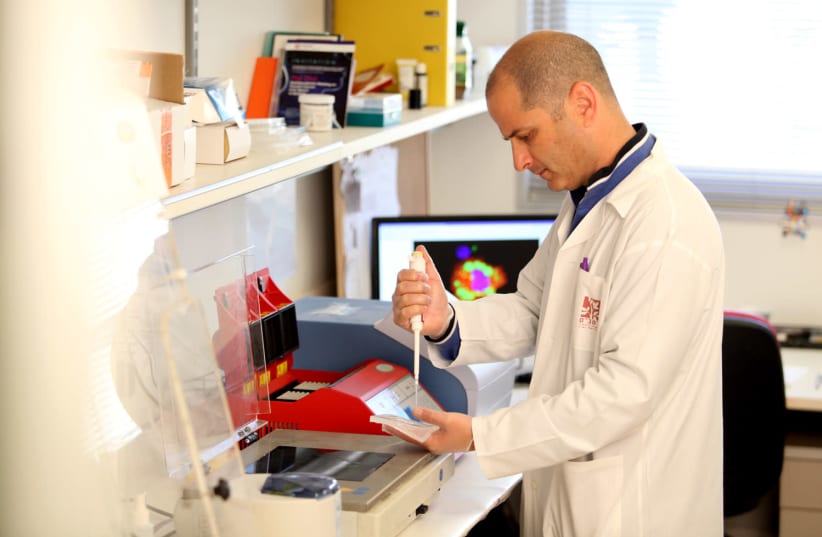Israeli researchers decode thyroid cancer treatment resistance mechanism
The use of genetic engineering methods allowed researchers to express the PIGU protein in resistant cancer cells and lab animals and succeeded in restoring sensitivity to iodine therapy.
